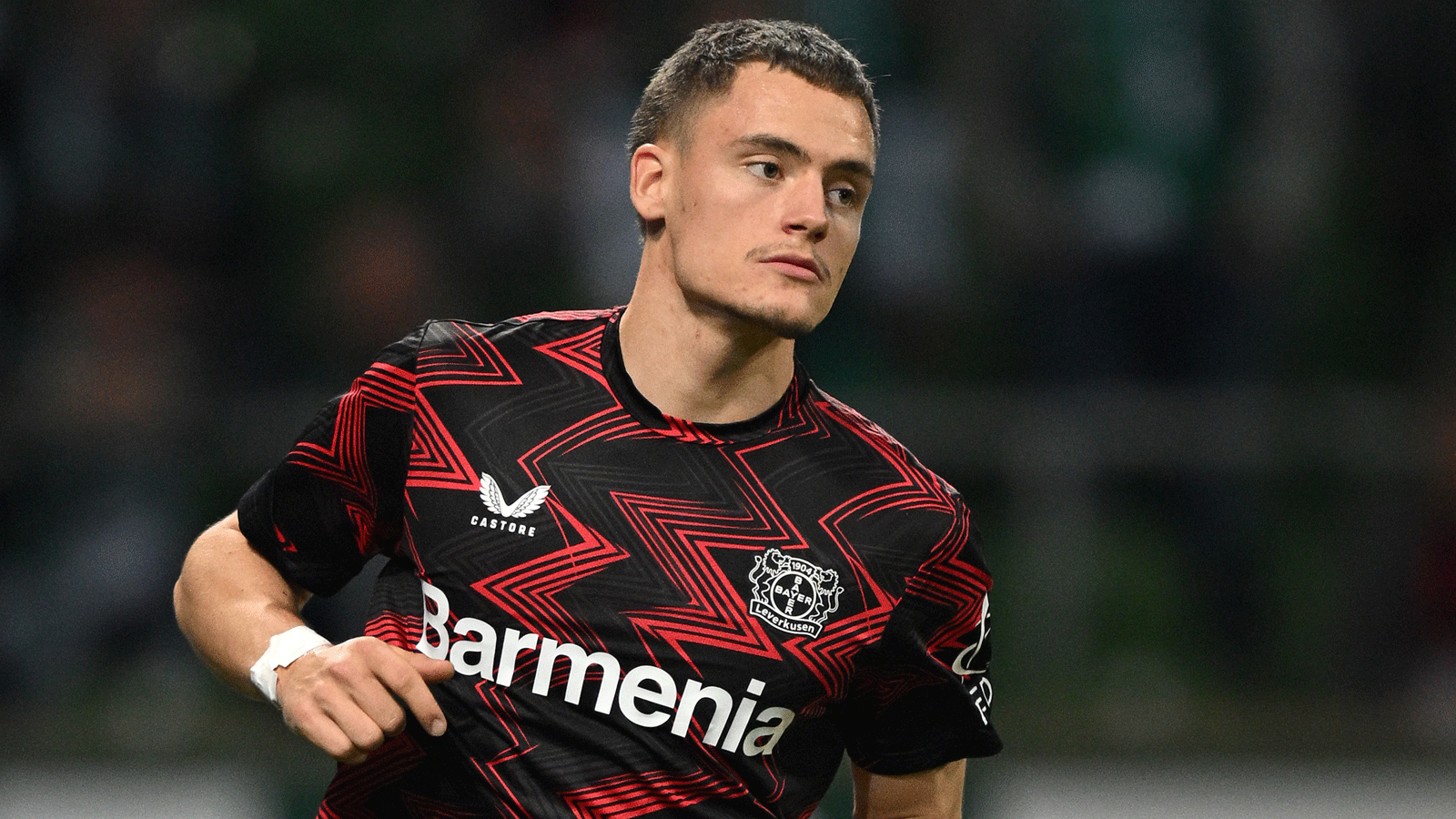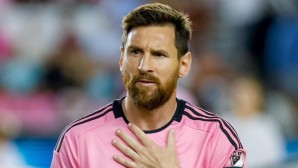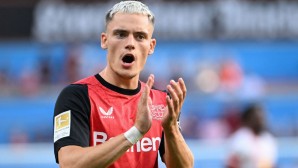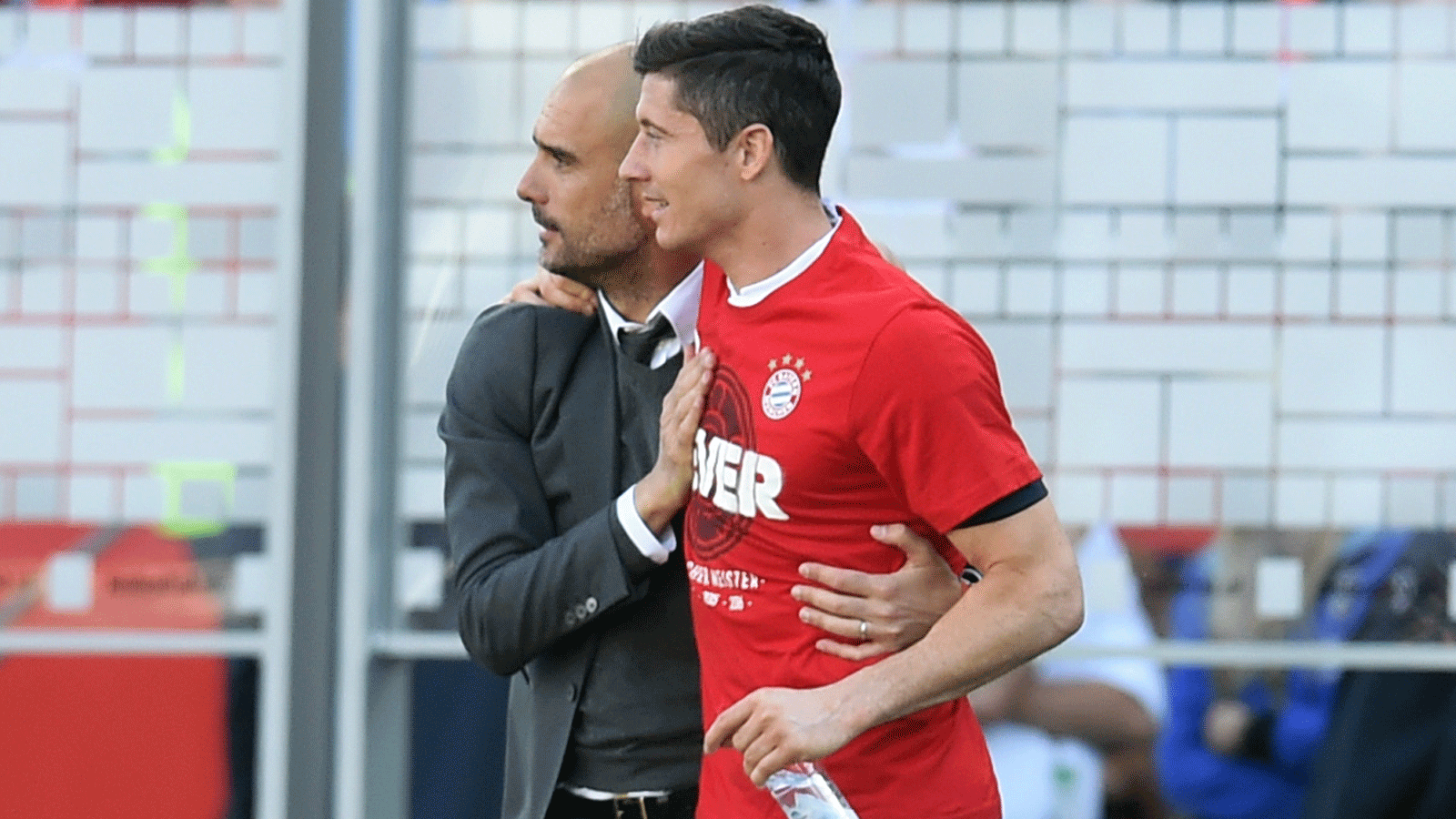So the solutions don't have to be the same, even though the playing philosophy is?
Maric: Exactly. If you were on the pitch by yourself, the best solution would be to run towards goal in a straight line at top speed. If you're facing an opposing player, the best solution is to get past him with a successful dribble or pass. That would force your direction and speed to change. The difference between the solutions is always player-related: if I am told to go past the opposition player, I would lose the ball, and there would be a counter attack. If Messi is told the same, he goes past the defender and scores a goal.

To what extent should training be kept as practical and as simple as possible, so that players almost don't realise what they're learning?
Maric: Every session has different objectives. Not only in terms of pure content but also where it begins from. Do I review the last game or do I prepare for the next? Do I want to engage and develop the player individually or do I want to get a sequence, a pattern, or a philosophy onto the pitch? How can I merge those? And how do I do that with the team? If you want to convince the team of a way of playing, it makes little sense to make it as difficult or as complex as possible. Development and success - that's what training should be guided by. Complexity for the sake of complexity hardly makes sense. I've learned that. There used to be Yugoslavian coach named Ivan 'Dalma' Markovic. He was a manager for forty years and he used to communicate his playing philosophies within these very visual, funny poems. Almost like nursery rhymes. The players loved it and still know them by heart to this day, more than twenty years later.
In relation to youth promotion, you have said that coaching should be 'less explicit' and that the players' substantive development is secondary. What exactly do you mean by that?
Maric: In my opinion, you need to find the balance between instructed and instinctive play. In some circumstances, overly instinctive play will not be focused enough or will lead to players remaining within their comfort zones. Too much instruction, though, and that can be detrimental to their creativity, and their ability to solve problems independently. I feel, for instance, that limiting touches in training drills is occasionally counter-productive: if I'm never allowed to dribble, how am I supposed to know how to do it?
So, should you work less on players' weaknesses?
Maric: If a youth player is relatively capable across the board, he might make it in the fourth division. If, however, he has an outstanding skill, it should be trained in such a way that it becomes good enough for the Bundesliga. If that player is fast enough to leave everyone behind while taking the ball with him, for instance, his ability to switch the play doesn't need to be his best feature. Conversely, if you had the perfect player, but his conditioning only allowed him to function for ten minutes, you don't need to improve his dribbling. Instead, you'd work on his stamina, and towards him lasting for 45 minutes, then - eventually - for 90. The better question isn't about strengths and weaknesses at all, but: 'which coaching emphasis will produce the most relevant and valuable effect?'
At Mainz, Thomas Tuchel once said he had never played eleven-a-side on a full-sized pitch in order to optimise their own game in the intended spaces, which would leave the players virtually no other thought patterns. Which, then, is more crucial: the training drill or the coaching?
Maric: In a best-case scenario, the drill and the coaching work together. Coaching shapes and supports the objectives of the drill. In turn, the exercise provides the best possible platform for the coaching. In my view, pitch sizes either complicate or simplify actions, ensuring that they either happen more frequently, less frequently, or no longer at all.
In line with this approach, for the sake of the coaching, it is crucial to let the players be as creative as possible within the set pitch size, isn't it?
Maric: Yes, quite. If the drill already limits the players' possible actions, the manager should not add to that. It shouldn't become too much. If I introduce a lot of rules into a drill and then follow those up with a lot of coaching, that is often counterproductive. Intervening during free-flowing play with various methods, however, does make sense.





